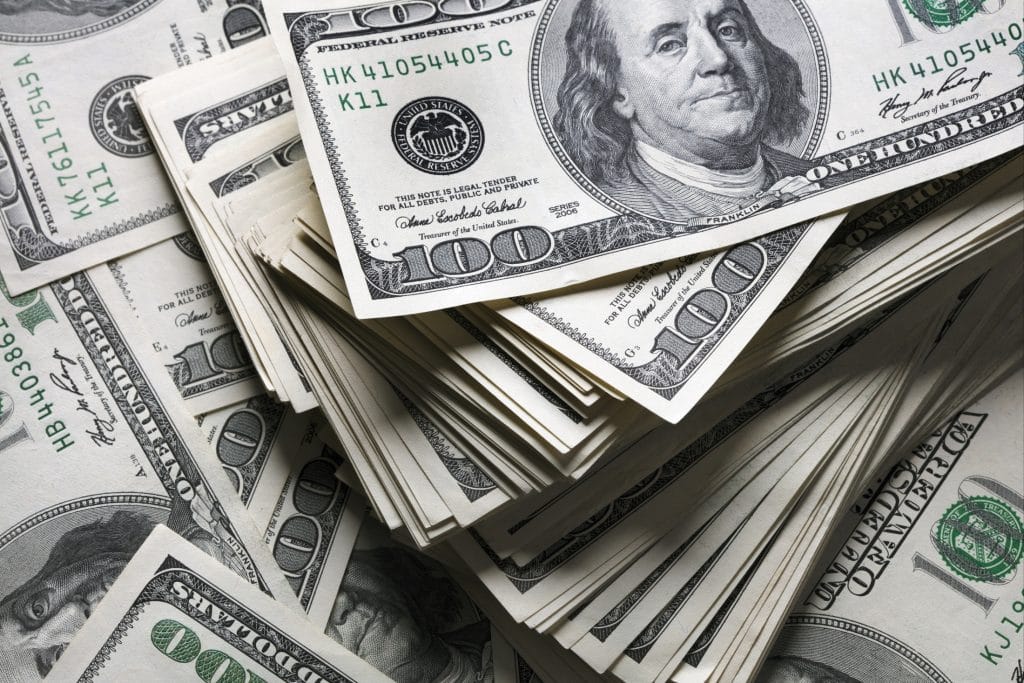Zambia’s central bank governor, Denny Kalyalya, has cautioned that the rally in the U.S. dollar following Donald Trump’s election victory could strain the nation’s economy and accelerate efforts to reduce dependence on the greenback.
“A strengthening dollar is not good for us,” Kalyalya said during a press briefing in Lusaka. He explained that a stronger dollar diverts capital flows away from Zambia and contributes to rising inflation.
The surge in the dollar comes as emerging market currencies hit a three-month low, driven by investor expectations that Trump’s presidency may usher in higher tariffs, fueling inflation and limiting the Federal Reserve’s scope to cut U.S. interest rates.
For Zambia, this could complicate access to cheaper financing at a critical juncture. The country is in the final stages of a challenging debt restructuring process after being locked out of international capital markets due to high borrowing costs and a 2020 default.
Kalyalya’s comments followed the central bank’s decision to raise interest rates to 14%, the highest level in seven years, in a bid to stabilize the kwacha and curb inflation. He described the economic outlook as a “concern,” particularly given the potential ripple effects of a stronger dollar.
In response, Zambia and other African nations are intensifying efforts to promote local currencies and reduce reliance on the U.S. dollar. Kalyalya highlighted the Pan-African Payment and Settlement System (PAPSS), launched in 2022 under the African Continental Free Trade Area, as a key initiative. The system aims to facilitate cross-border payments within Africa without routing transactions through U.S. or European banks.
“We’re developing ideas to promote the use of the kwacha for local transactions,” Kalyalya said, describing PAPSS as one of the most promising projects. Zambia is also exploring measures to limit foreign currency use in domestic transactions, which often deplete dollar reserves and weaken the kwacha.
These steps reflect a broader regional push to mitigate the economic vulnerabilities tied to dollar dependency.


